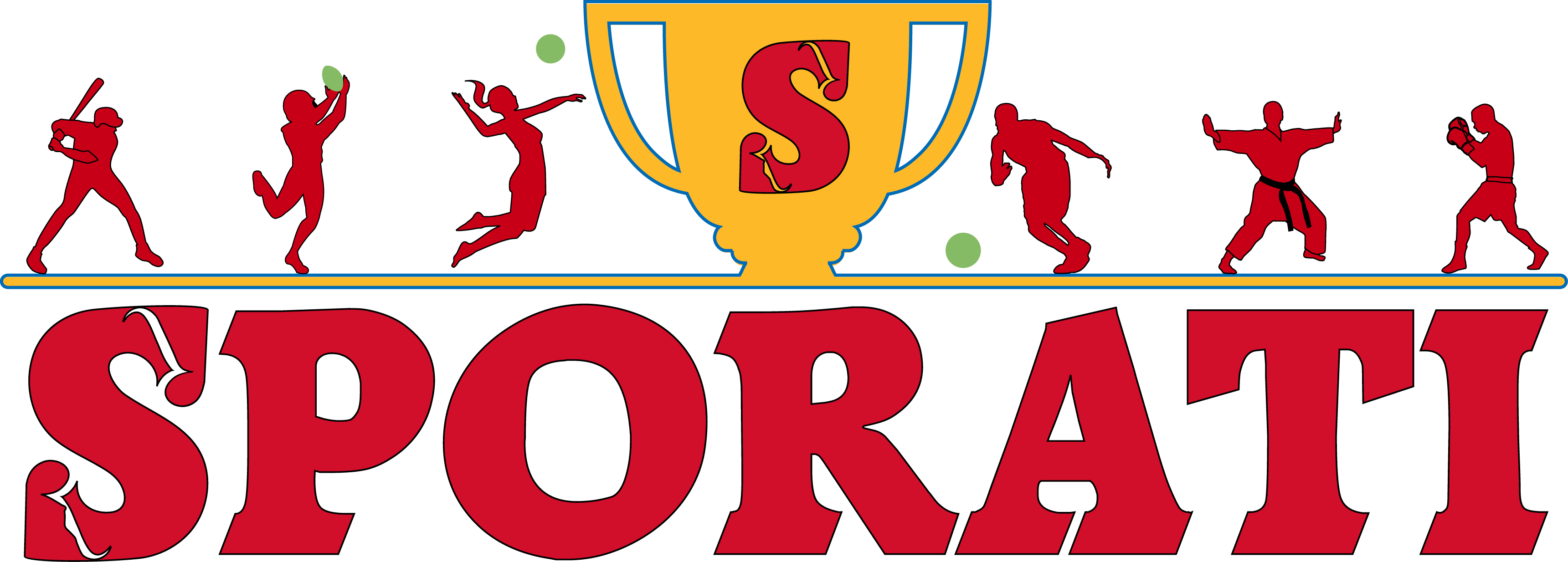Snowboard Milano 2026 Qualification
The 2026 Winter Olympics in Milano-Cortina, Italy, are fast approaching, and the world’s top snowboarders are gearing up for their chance to qualify for the most prestigious event in winter sports. Snowboarding, with its gravity-defying jumps and exhilarating freestyle tricks, is one of the most anticipated competitions during the Winter Olympics. Whether you’re a seasoned fan or just getting into the sport, understanding how snowboarders qualify for the event is crucial. Let’s break down the qualification path for Milano 2026.
The Qualification Timeline: Clock’s Ticking!
The road to the Olympic Games is long, but it’s also straightforwardat least for those who bring their A-game. The qualification period for Milano 2026 will stretch from July 2024 until January 2026, with various events dotted across the globe determining which athletes will snag those coveted spots.
Throughout the qualification period, competitors will participate in a sprawling array of contests: World Cups, World Championships, and Continental Cups. Points aren’t just awarded for landing a perfect trick; athletes must strategically accumulate points for overall rankings. Higher rankings improve their chances of making the cut when the Olympics come calling.
The Categories: More Than Just Big Air
Snowboarding at the Olympics isn’t monolithic. It’s divided into several exhilarating disciplines, giving riders from various backgrounds a shot at glory. The five official snowboarding disciplines for Milano 2026 will be:
- Big Air: Where gravity-defying tricks meet nerve-wracking jumps.
- Slopestyle: A combination of rails, jumps, and creative terrain features.
- Snowboard Halfpipe: High-flying aerial moves inside a semi-circular tube.
- Snowboard Cross: Four to six riders race head-to-head on a technically challenging course.
- Parallel Giant Slalom: Two athletes race side-by-side on a zigzagging slope of gates and obstacles.
Each category has its unique flavor, and each one demands different techniques and preparation. For an athlete to achieve the triple crown of snowboardingcompeting in multiple categoriesthey’d need to possess an insane range of skills.
How Do Quotas Work?
Like in any event at the Olympics, there’s only so much room on the world’s biggest stage. Snowboarding has a specific number of spots available across all disciplines. The exact athlete quotas for each event are determined by the International Ski Federation (FIS) in collaboration with the International Olympic Committee (IOC).
For Milano 2026, the maximum number of athletes who can participate in snowboarding will be 238 competitors. The breakdown looks something like this:
- Big Air & Slopestyle: A combined quota for bothas many athletes specialize in both disciplines.
- Halfpipe: Separate quotas for men and women.
- Parallel Giant Slalom: Limited slots but hotly contested.
- Snowboard Cross: One of the most action-packed events with a tight entry list.
Each country can send a limited restricted number of athletes per event, ensuring a wide distribution across nations. Countries aiming to send multiple athletes across each discipline will need to leverage dual-specialistscompetitors excelling in more than one snowboarding style.
Mapping Out the Points System
There’s no magical formula to qualify for the Olympicsit comes down to earning points. Athletes accumulate valuable FIS points in various World Cup events and other recognized competitions. The higher the event’s ranking, the more points riders can scoop up.
And this is no simple tally sheetpoints are awarded not just for podium finishes. Mid-tier placements can still garner crucial points toward rankings. Riders’ top results across a select number of events will be considered for their qualification.
In essence, every run counts. One bad fall in a qualifier doesn’t necessarily knock someone out, but consistency throughout the season is key.
Key Dates: Mark Your Calendars
With such a tight qualification window, it’s essential to know when and where the biggest events are happening:
- July 1, 2024: The qualification period officially begins.
- February 20–March 3, 2025: FIS World Championships, a major waypoint on the road to Milano 2026.
- January 19, 2026: Final Olympic roster submission deadline.
Between now and then, top athletes will be competing fiercely in World Cups and continental competitions to snag enough points. Yes, it’s an uphill battle (literally, in many cases!), but those who make it to Milano-Cortina will have conquered one of the most competitive selection trails in sports.
The Wildcard Slot: Last-Minute Reprieve
There’s always a chance for some athletes who didn’t initially qualify to snag a spot through theWildcard provision. These spots are generally reserved for exceptional athletes who might have faced unfortunate circumstances during the qualification period (like an injury).
This wildcard option also holds potential for nations not traditionally known for their snowboarding prowess. It’s an exciting chance for new faces in the competition and often leads to surprise success stories.
What’s at Stake?
Besides national pride, the athletes who qualify for Milano 2026 will have the chance to etch their names in history. Olympic glory is the dream, but many riders also use this global platform to push the boundaries of what’s even possible in their sport.
The Olympics are where titans are born, where names like Shaun White and Chloe Kim have resonated far beyond the slopes. Whatever happens between now and Milano-Cortina, the race for qualification promises to be as thrilling as the Games themselves.
Final Words: A Ride to Remember
So, if you’re a fan or a future superstar reading this, take note: the road to Milano-Cortina is challenging, fiercely competitive, and full of icy slopes. But for those few who make it through, it’s the ride of a lifetime. Eyes on the prize and don’t forgetevery single moment counts!
“Snowboarding is an art just as much as it is a sport. And the Olympics? Well, that’s the world’s biggest art gallery.” – Unknown
See you in Italy, snowboarders!

